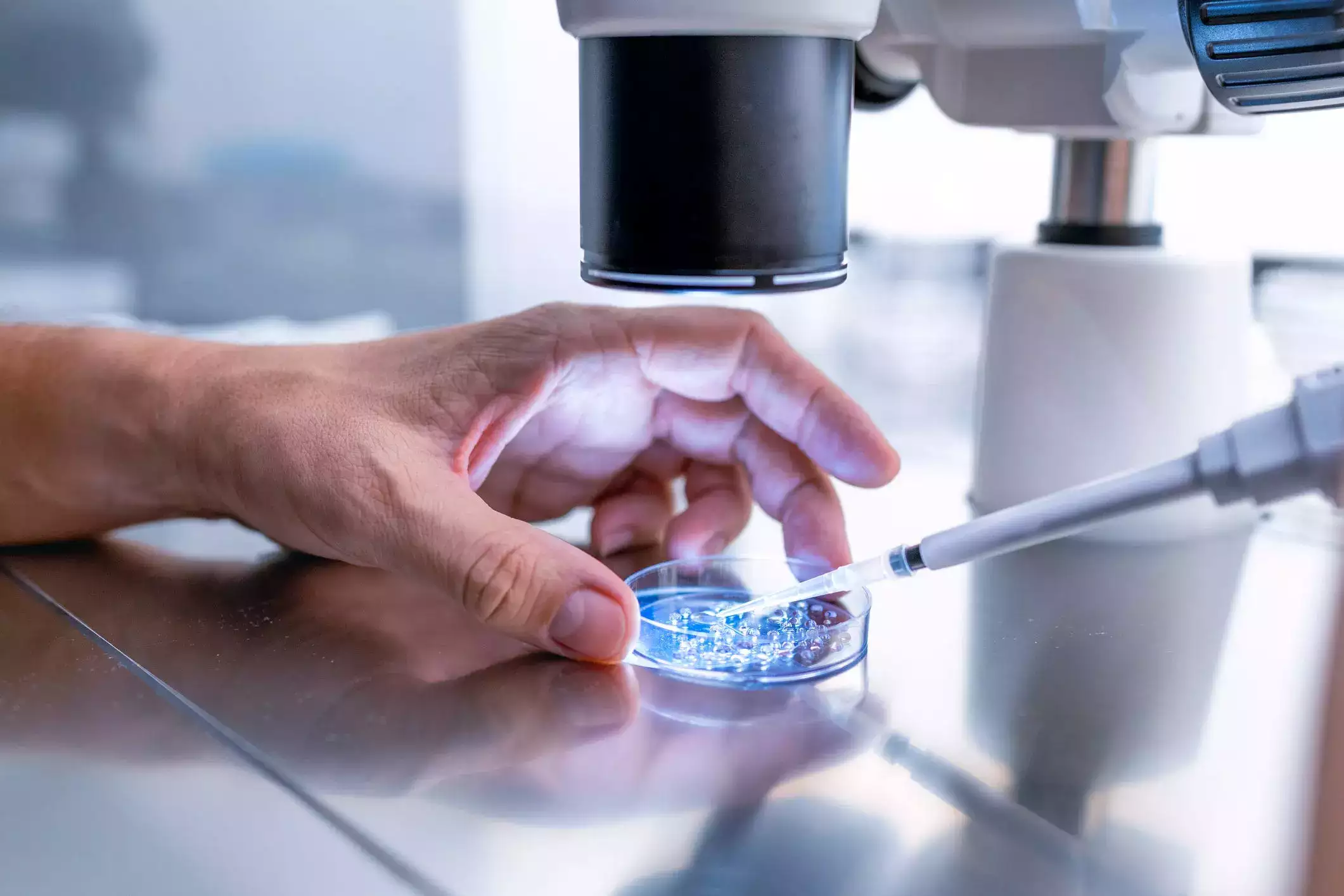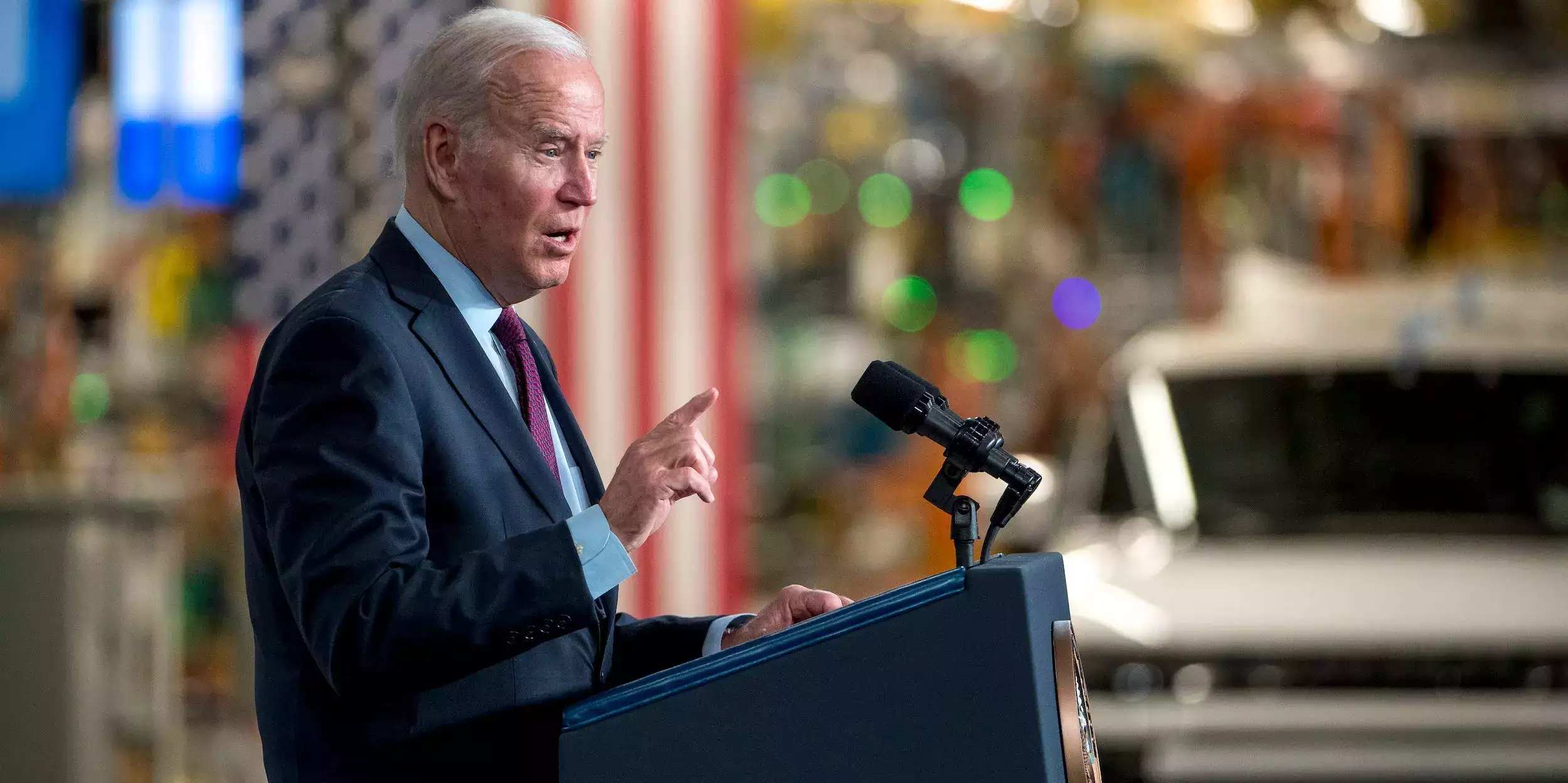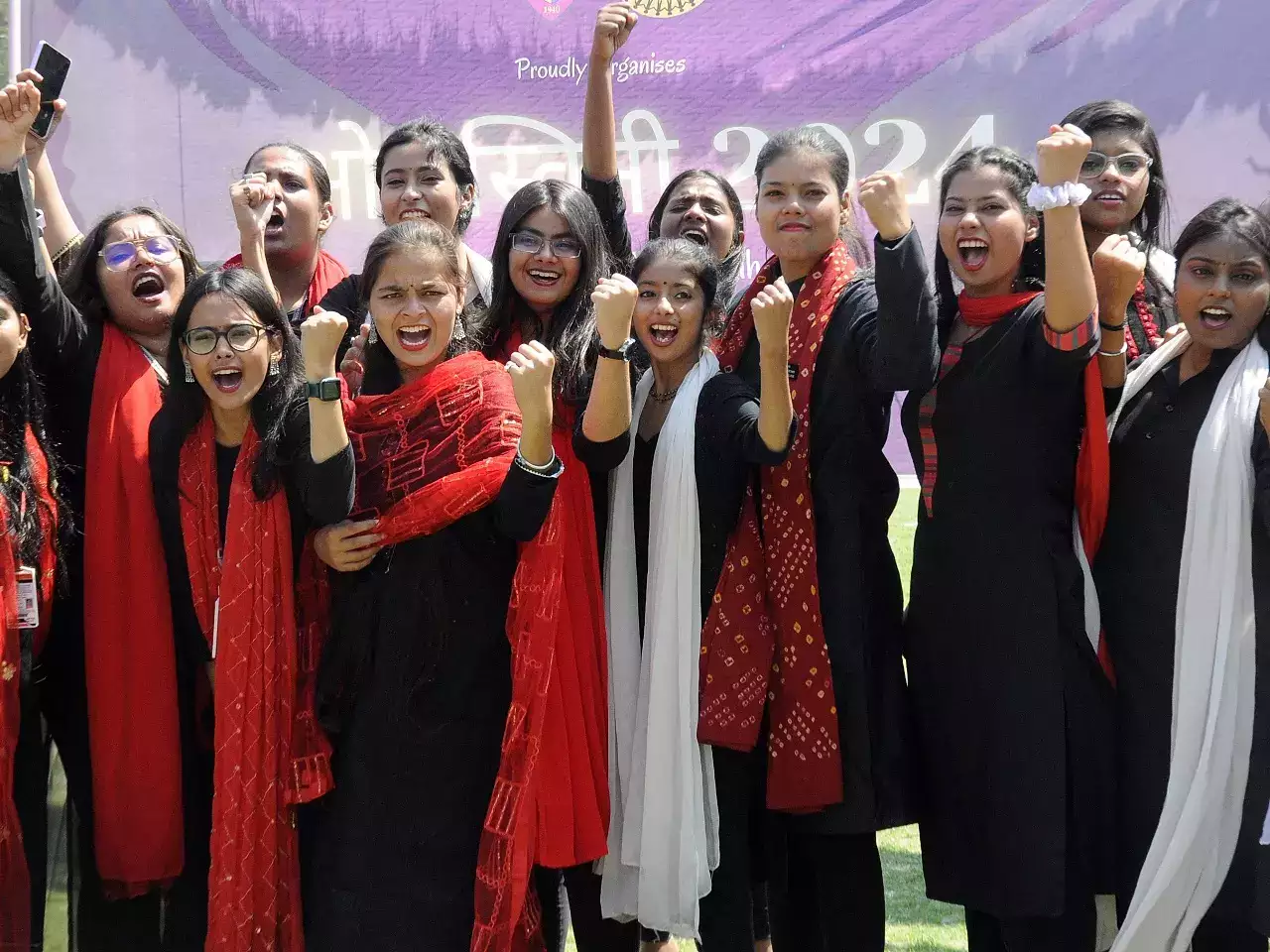Scientists from Tufts and Harvard have collaborated to develop microscopic robots made from human cells. The “biobots,” as they are called, have the ability to self-assemble and exhibit a remarkable healing effect on other cells.
These tiny biological “robots,” also known as anthrobots, have the potential to travel through the human body, regenerating damaged tissues, and treating various diseases. They range in size from the width of a human hair to the point of a sharpened pencil and can self-assemble, as reported by TuftsNow.
The robots were created from lung cells that were chemically altered by the team of scientists from Tufts and Harvard universities. When the cilia – tiny hair-like structures on the cells’ surface – were made to face outwards, the anthrobots began to move. This movement, known as a “superbot,” was able to encourage new growth when placed with damaged neuron cells.
The researchers believe that these anthrobots could potentially be used for clearing blocked arteries, repairing spinal cords, identifying cancer cells, or delivering drugs to specific parts of the body. This groundbreaking research, published in the journal Advanced Science, sheds new light on how human cells assemble and work together.
While the same research team had previously created similar organisms from cells sourced from African clawed frog embryos, the anthrobots demonstrate that cells do not have to be amphibian or embryonic to regenerate. Coauthor Michael Levin emphasized that this property is not specific to embryos or frogs but is a general property of living things.
Although the anthrobots are made from human cells, they do not have a full life cycle and are not considered fully-fledged organisms. According to Levin, this challenges the binary categories of what constitutes a robot, animal, or machine, and calls for a more nuanced understanding.
While anthrobots may not be used by doctors in the near future, they are another example of advancements in medical technology. The US Food and Drug Administration has already approved over 500 medical AI algorithms that aid in diagnosing and treating patients. These developments represent the ongoing evolution of medical technology to improve human health.

I have over 10 years of experience in the cryptocurrency industry and I have been on the list of the top authors on LinkedIn for the past 5 years. I have a wealth of knowledge to share with my readers, and my goal is to help them navigate the ever-changing world of cryptocurrencies.











